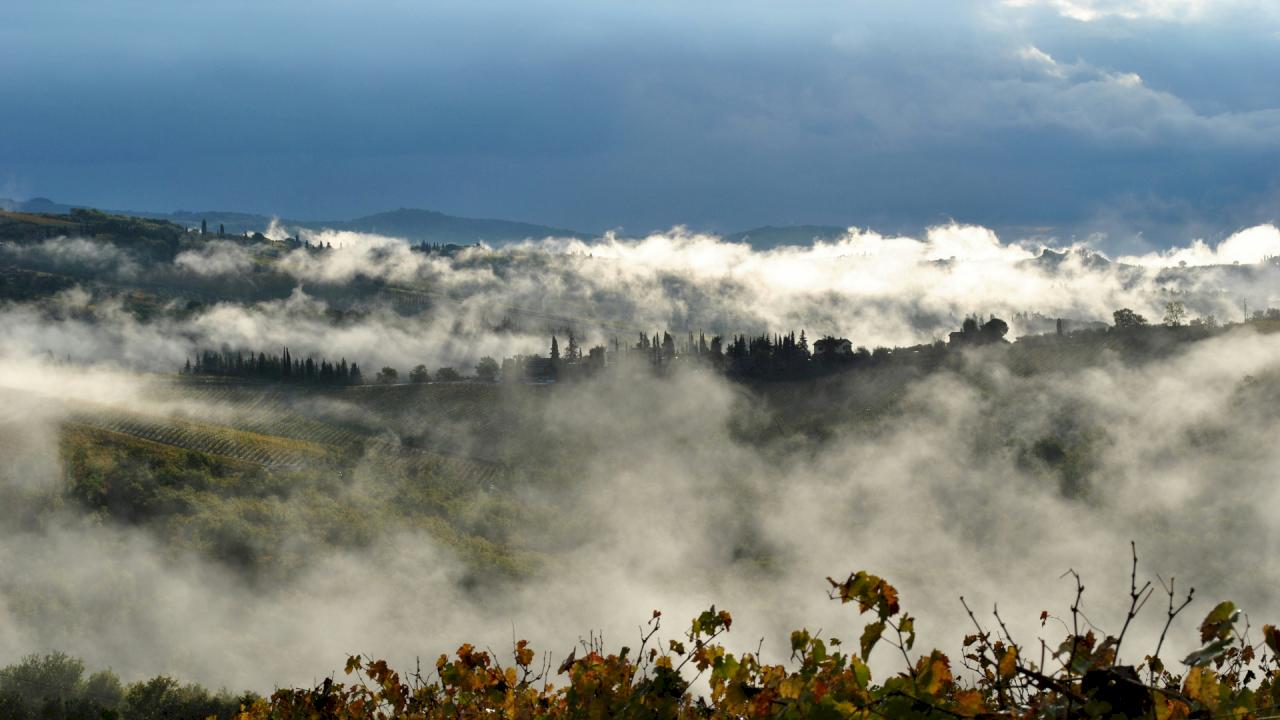Find your winery or vineyard
8 Wineries and Vineyards for sale in Tuscany

Estate for the development of a high-end winemaking activity with potential for luxury hospitality.
BOLGHERI DOC
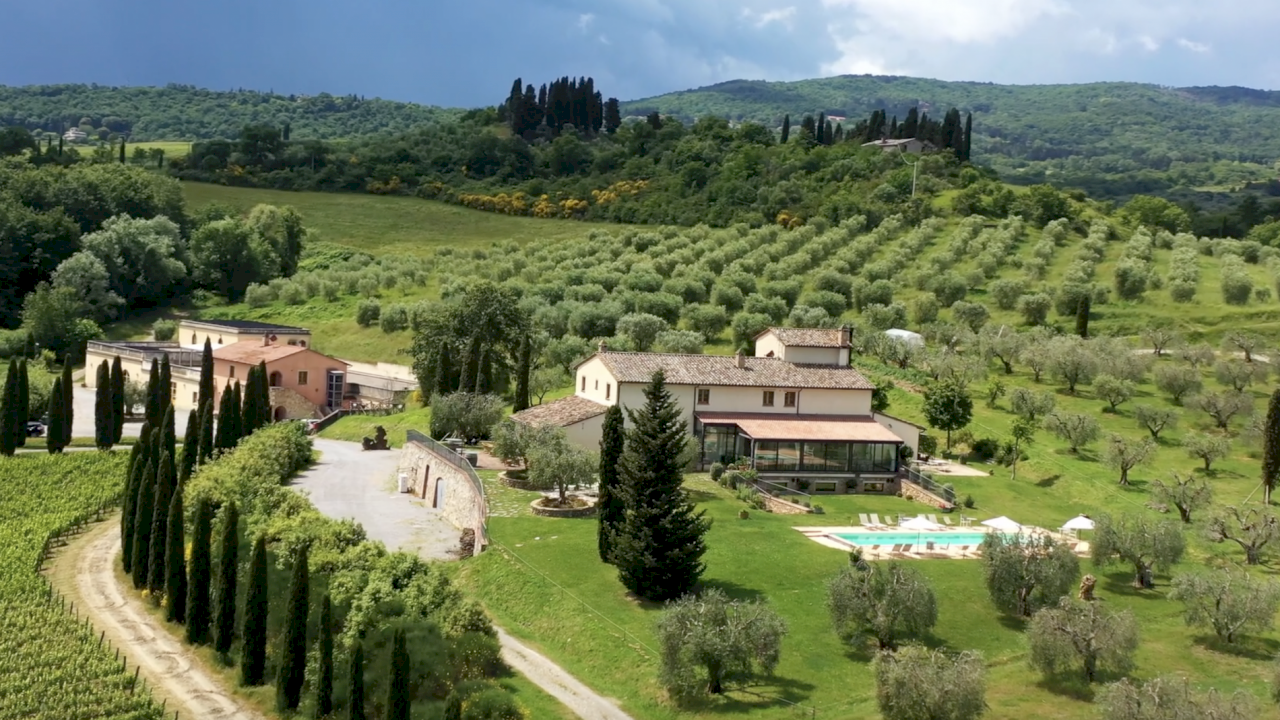
Luxury wine resort with 13 rooms and a modern winery with 27 hectares of vineyards.
SIENA
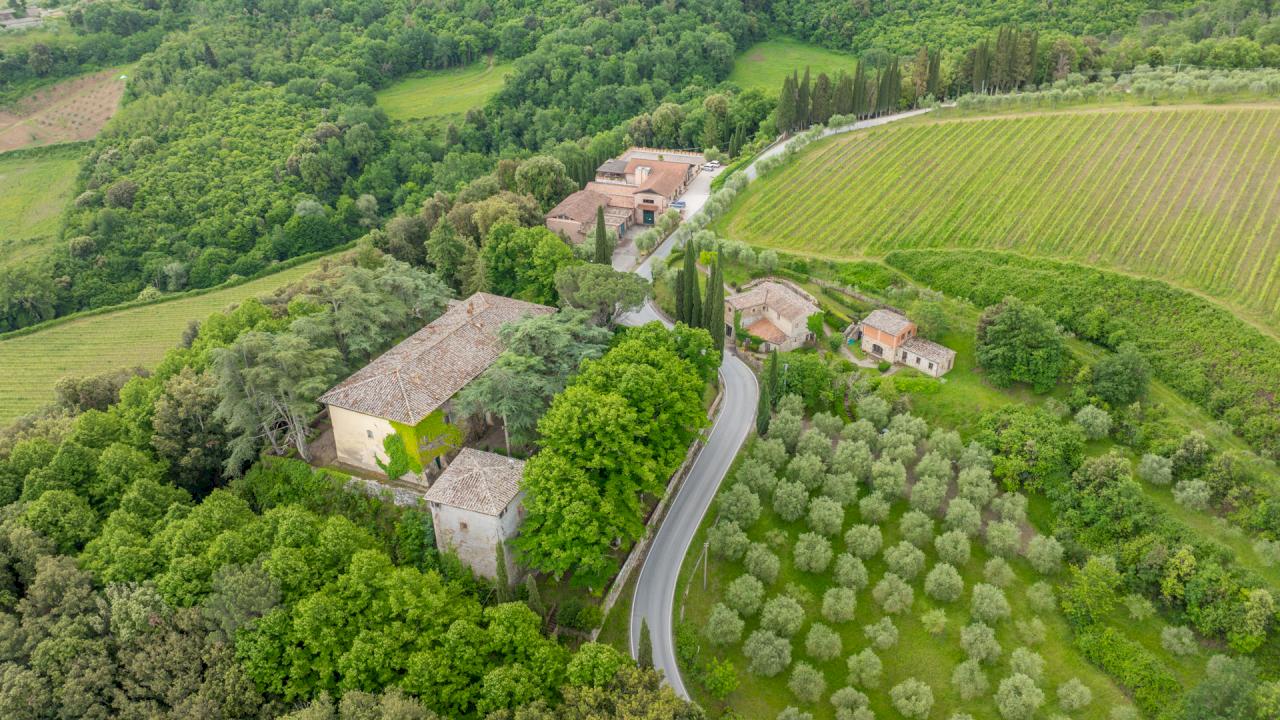
Castle with historic wine estate in the heart of Chianti Classico.
CHIANTI CLASSICO DOCG
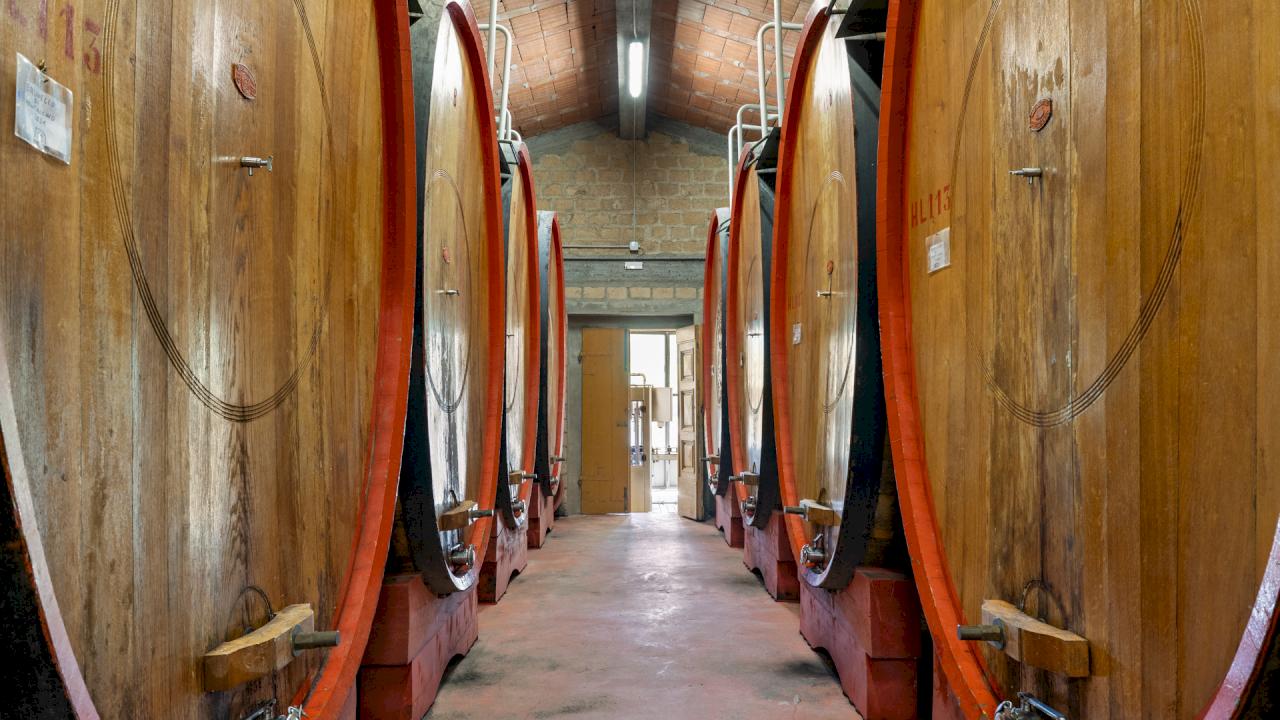
Winery with 15 ha of viñedos in Montalcino and 28 ha in Montecucco.
BRUNELLO DI MONTALCINO DOCG MONTECUCCO DOC
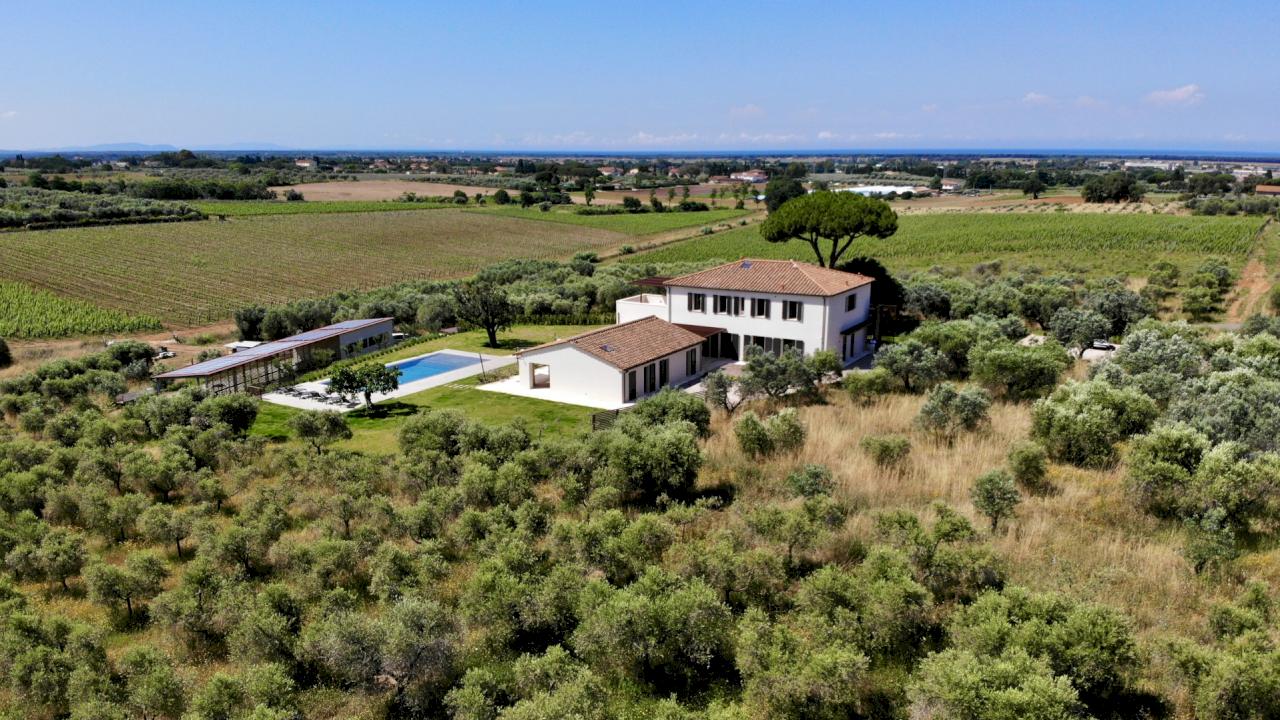
Prestigious Villa, high quality agricultural property with 12 ha of vines.
MAREMMA
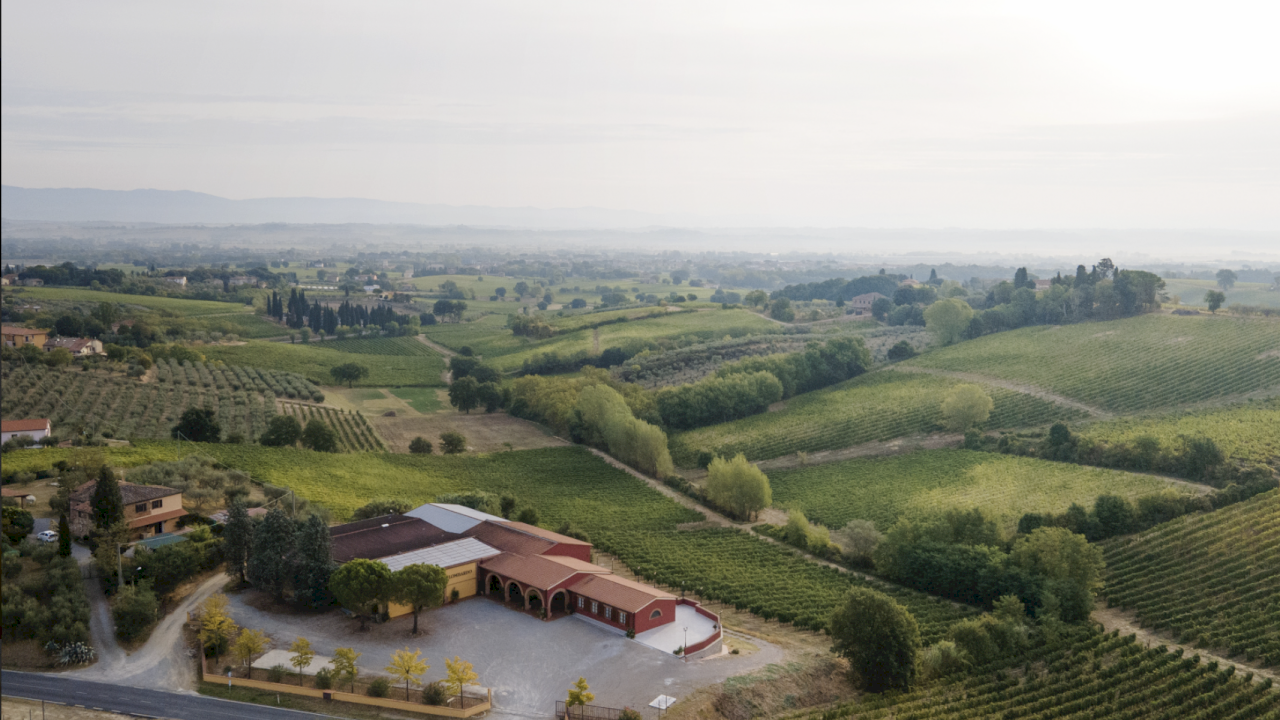
Modern winery of 42.72 HA, 34.80 HA are very well cultivated vineyards and known grape varieties.
VINO NOBILE DI MONTEPULCIANO DOCG CHIANTI COLLI SINESI DOCG
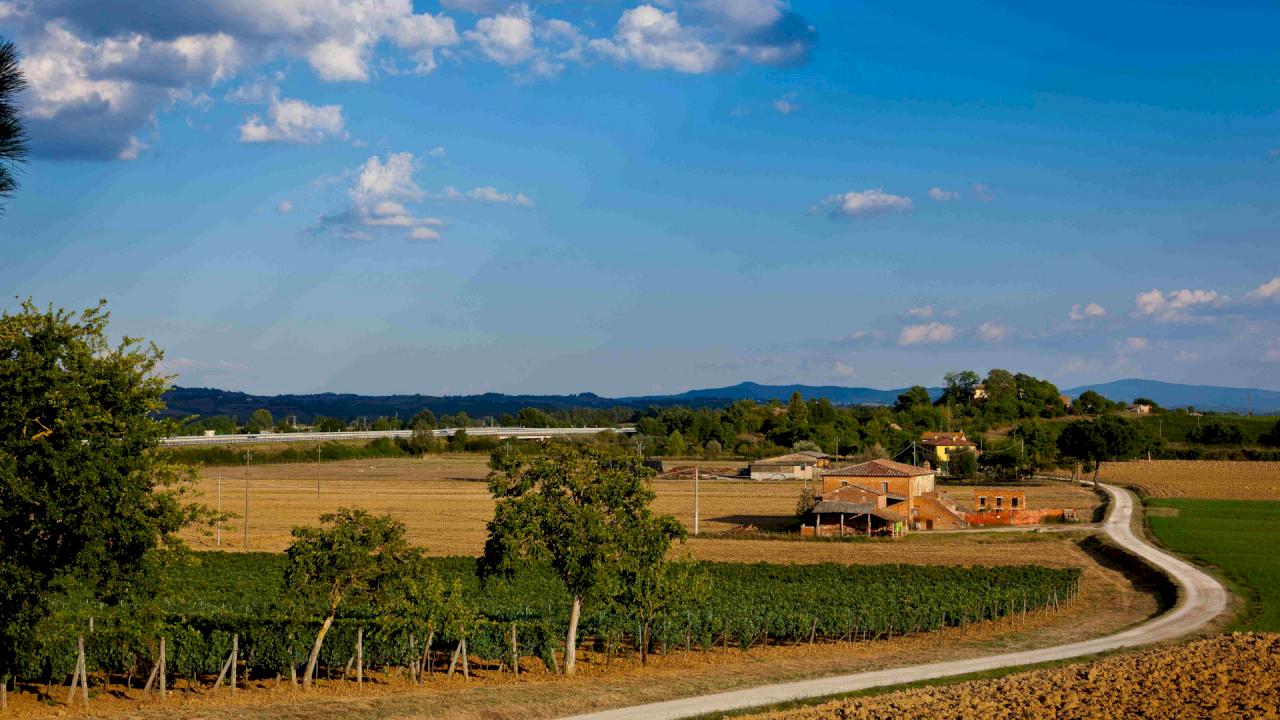
Biodynamic winery with Montepulciano wines.
NOBILE DI MONTEPULCIANO DOCG
Infographic of the Region
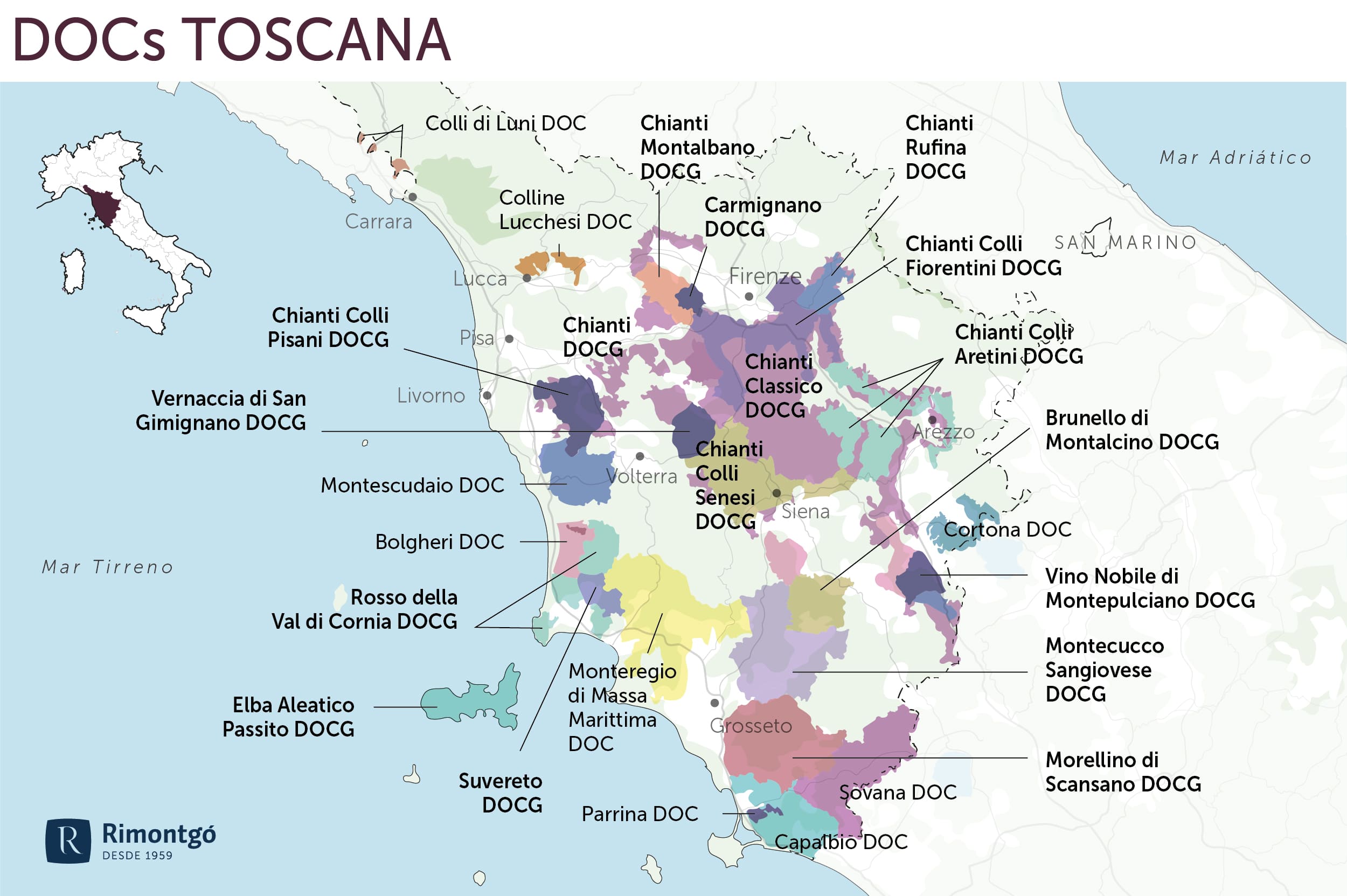
Tuscany
The region of Tuscany includes seven coastal islands, bordered to the northwest by Liguria, to the north by Emilia-Romagna, to the east by Umbria, and to the south by Lazio. To the west lies the Tyrrhenian Sea, which gives the area a temperate Mediterranean climate. The terrain is quite rugged, extending inland to the Apennines along the border with Emilia-Romagna.
Of the 78 Italian DOCG wines, eleven are produced in Tuscany: Brunello di Montalcino, Carmignano, Chianti, Chianti Classico, Vernaccia di San Gimignano, Montecucco Sangiovese, Morellino di Scansano, Suvereto, Rosso della Val di Cornia, Elba Alleatico Passito, and Vino Nobile di Montepulciano.
Tuscany has 9 Controlled Designations of Origin (DOC) and 11 Controlled and Guaranteed Designations of Origin (DOCG).
Soil
The region, covering approximately 23,000 km², is bordered to the north and east by the Apennines and Mount Terminillo, which stands at 2,216 meters. The vineyards cover about 60,500 hectares and stretch to the Tyrrhenian coast. Two-thirds of them are located on sunny mountain slopes, between 100 and 500 meters above sea level. The vineyards are interspersed with olive groves and extensive forests. A total of 14 wine routes run through the region.
Climate
The climate is dry, with predominantly hot summers, mild winters, and occasional rainfall. It is Mediterranean along the coast and continental inland, with landscapes of hills and mountains, especially in the areas of Chianti and Montepulciano. The characteristic soils of nearly all the cultivation areas are clay-limestone, Galestro, and Alberese. In the Maremma, there are also sandy stretches.
Reference Tuscan Wines:
- The Super Tuscans: Sassicaia and Ornellaia
- Chianti
- Wines from the DOCG Carmignano
- Maremma wines with their own IGP
- The newest DOCG in Tuscany is Morellino di Scansano.
The Super Tuscan area, although the first two wines called “Super Tuscans” were born in Bolgheri (Maremma) and the Chianti Classico region, has now expanded throughout all of Tuscany. There is no winery that doesn't produce a special wine that coexists with those of each place and denomination of origin. These are the most expensive and sought-after wines. Super Tuscans played a crucial role in the recognition and prestige of Italian wine worldwide.
In the Chianti area, Super Tuscans interpret with extraordinary rigor the typical soils of Sangiovese, making their way between the Alberese rock and Galestro.
The investment of Italy's most reputable wine families, from the Antinoris to the Frescobaldis, has focused on Bordeaux-style blends, which combine the subtle vegetal character of Cabernet Sauvignon with the minerality of the soils and the unique Mediterranean structure provided by the climate of the Tuscan coast. Typical Tuscan varieties include the local Sangiovese, Trebbiano, Vermentino, Vernaccia, and foreign varieties like Merlot, Cabernet Sauvignon, Cabernet Franc, and Syrah.
The province of Grosseto is one of Tuscany's emerging regions, with 8 DOCs. White wines, typically blends of Trebbiano and Ansonica, are common in the Parrina region. The wines from the Montecarlo region have varieties that are rarely found in Tuscany, including Sémillon and Roussanne. The island of Elba, the burial place of Napoleon, has its own DOC, including wines such as sparkling Trebbiano, Ansonica, and a semi-sweet dessert wine made from Aleatico.
Discover more wineries and vineyards for sale in these wine regions in Italy
Subscribe to our mailing list to receive news about wineries and vineyards.



